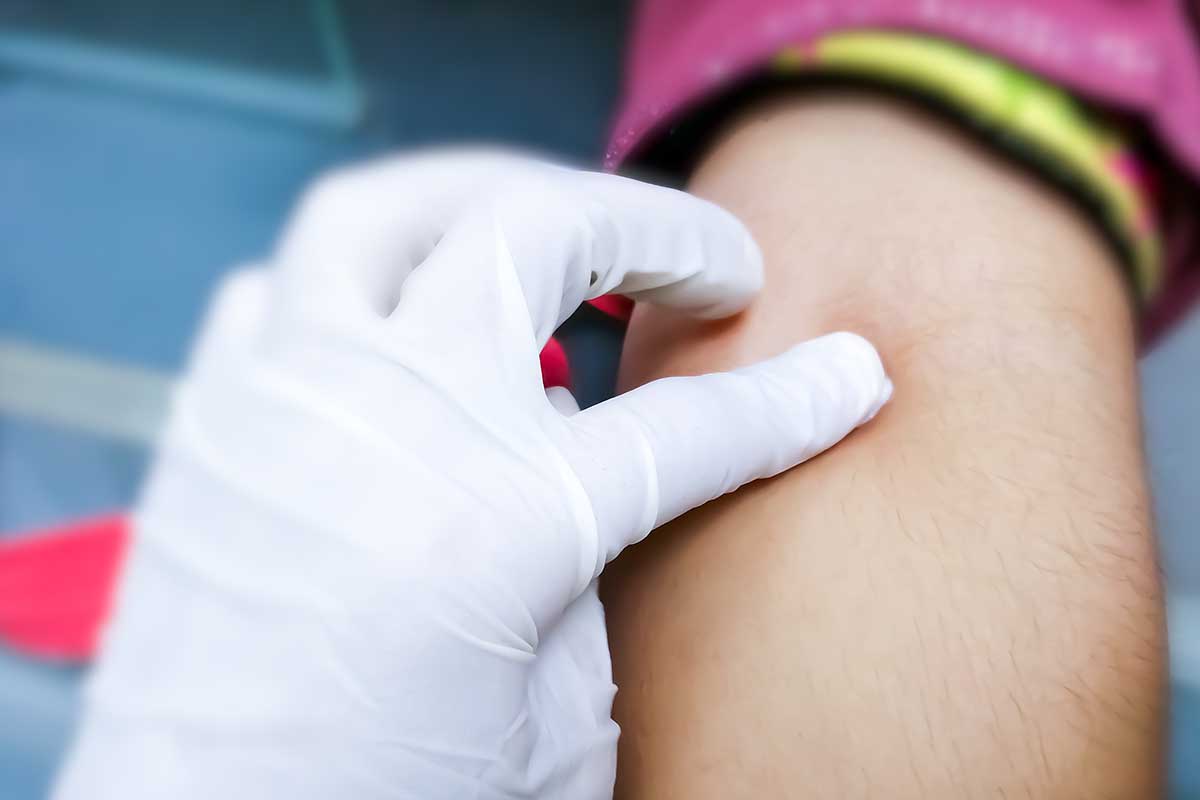What Does a Phlebotomist Do?
A phlebotomist is a medical professional who specializes in collecting and processing blood samples for analysis. Phlebotomists are an essential part of the medical field, as they are often the first line of defense when discovering any health problems. This blog post will discuss what a phlebotomist does daily and how they contribute to patient care.
Phlebotomists are responsible for preparing and collecting blood samples from patients. This involves sterilizing equipment, using needles to draw blood from veins, labeling specimens correctly, and delivering them to laboratories for testing.
They also must keep accurate records of all procedures performed and follow safety protocols when dealing with hazardous materials. Additionally, they may be required to provide information or instructions to patients before or during the process.
Training Required To Become a Phlebotomist
To become a phlebotomist, you must complete an approved phlebotomy training program. These programs usually involve classroom instruction and clinical experience in hospitals or clinics.
During the program, students will learn about anatomy, physiology, medical terminology, infection control procedures, specimen collection techniques, and laboratory safety protocols. After completing the program successfully, graduates should be prepared for entry-level positions as phlebotomists.
Job Duties of a Phlebotomist
The job duties of a phlebotomist vary depending on their day-to-day responsibilities. However, some common tasks include:
- Drawing blood from patients using sterile techniques;
- Labeling and storing blood samples in containers for testing or transfusion;
- Performing basic lab tests such as complete blood count (CBC) or urinalysis;
- Before drawing blood, monitor the patient’s vital signs such as temperature, pulse, and respiration rate;
- Recording patient information accurately and completely in medical records;
- Preparing specimens for transport to laboratories for further testing;
- Providing instructions to patients regarding proper aftercare following procedures.
In addition to these duties, phlebotomists may also be responsible for educating patients about laboratory testing procedures and helping them understand test results. Phlebotomists must also maintain strict sterilization standards and adhere to safety protocols when working with needles or other sharp objects.
Phlebotomy Training Requirements
In order to become a phlebotomist, individuals must have completed an accredited training program or receive certification from a professional organization such as the American Society for Clinical Pathology. The minimum educational requirement for most programs is a high school diploma or equivalent, although some programs may require additional prerequisites such as college coursework or medical experience.
Many programs will also require that applicants pass an entrance exam prior to enrollment. Upon completion of the program, students will be prepared to take the national certification exam the National Center for Competency Testing (NCCT) offers. Passing this exam is necessary to become certified as a phlebotomist.
Phlebotomy is an important profession in healthcare that helps diagnose medical conditions by providing accurate data from collected blood samples. Phlebotomists are responsible for collecting blood samples from patients while ensuring that they remain comfortable throughout the procedure. They also process and transport these samples according to lab instructions before sending them off for analysis.
By having these professionals on staff at hospitals or labs, healthcare providers can benefit from improved efficiency and accuracy during these processes as well as reduced risks of contamination or errors in sample collection/processing, which could lead to incorrect results or delays in diagnosis/treatment. Overall, having a qualified phlebotomist on staff is essential for providing quality care quickly and accurately when it comes to diagnosing medical conditions through lab tests involving blood sampling techniques.



















